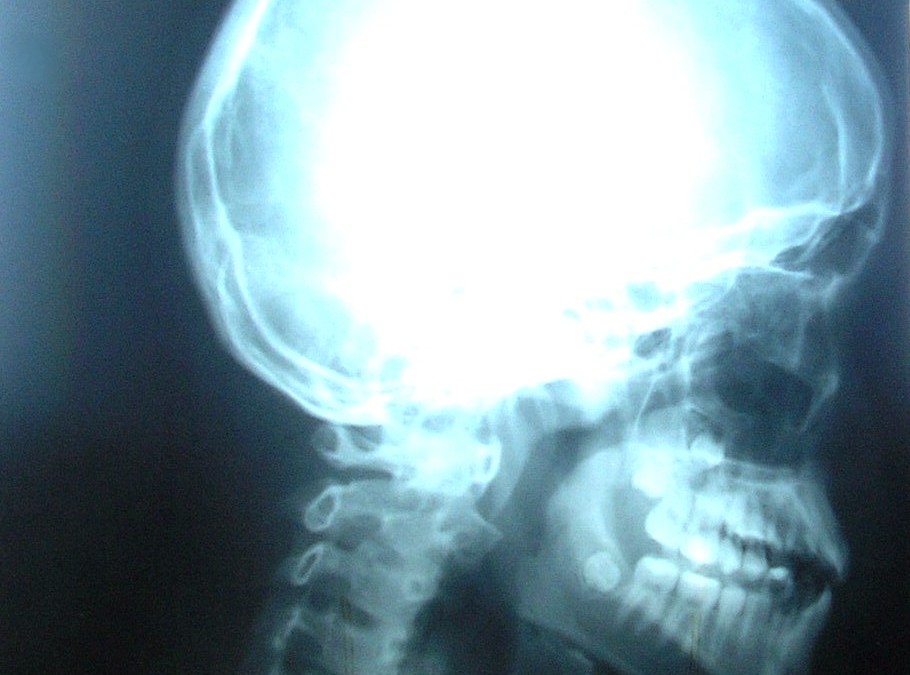Phase 3 – The motion of the dural membranes.
As discussed in the previous paper, the dura is a cartilaginous tissue that surrounds the brain and spinal cord, like a sheath. The dura has a few characteristics that make it much different than other tissues of the body, the most significant is its low content of elastin fibers. Because there is very little elastin fibers, the dura does not stretch much, in fact it has almost no stretch at all. This means that if you were to pull on one end of the dura, the other end would move about the same distance…picture pulling on a garden hose…no stretch.
The dura also has very significant attachments sites to the body. The most significant for this paper is its attachment to the bottom of the Occiput bone of the skull, C1 and C2 vertebrae, and then no other attachment down the spine until it attaches at the front side of the S2 level of the sacrum.
Why is this significant? This is what is known as the “Core Link” in osteopathy. The dura connects the inherent motility of the CNS with the motion of the dural membranes.
“But If the dura is attached to the Occiput bone , how can it move” you are asking yourself. Well, that is explained in the next chapter…next week
For more information contact Ultimate Sports Therapy at info@ultimatesporttherapy.com or visit us at www.ultimatesportstherapy.com
Jason Brandow,
Craniosacral Therapist, Osteopathy Student.

